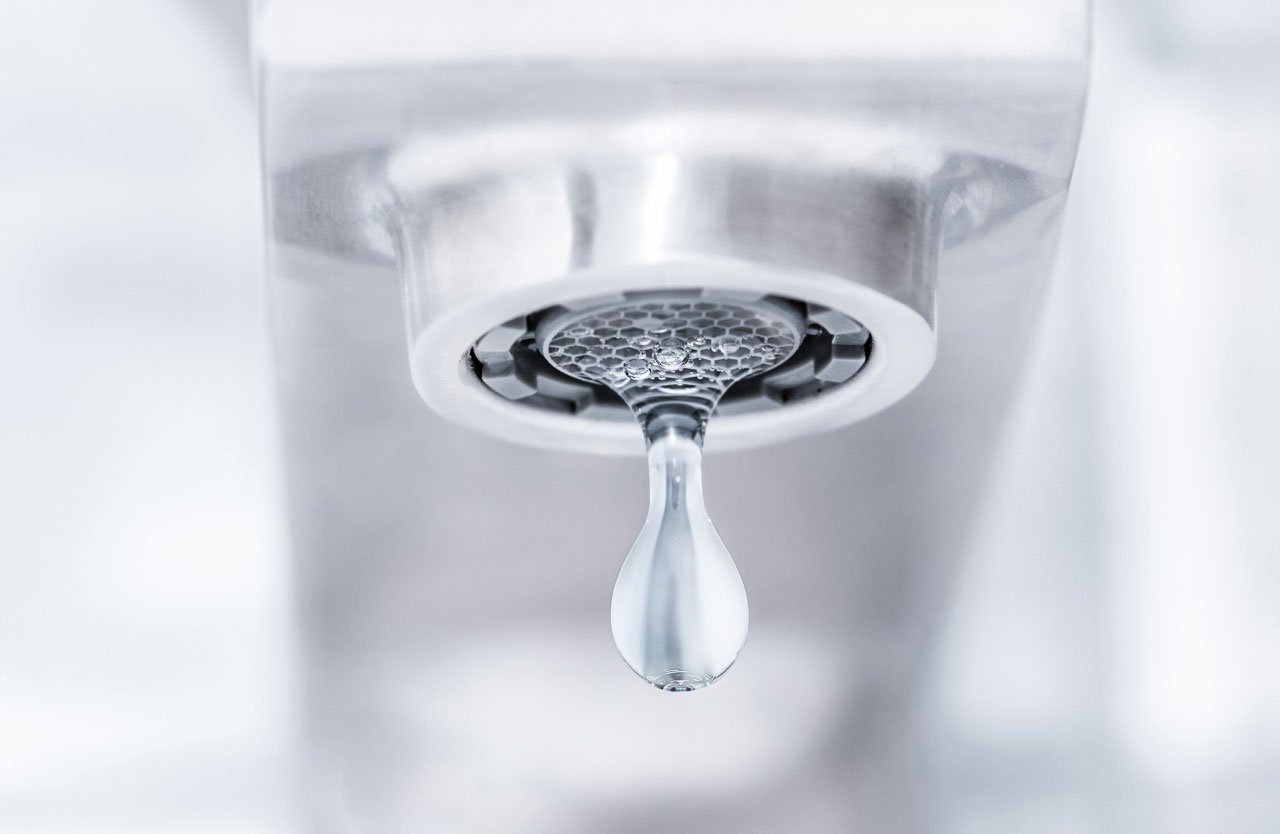Overview
Methoxychlor is an endocrine-disrupting, neurotoxic insecticide similar to DDT. Banned in the U.S. in 2002, methoxychlor was historically used on farm animals and in animal feed, lumber, gardens and agricultural crops.
State, National, and Health Guidelines for Drinking Water
EWG Health Guideline: 0.09 ppb
The EWG Health Guideline of 0.09 ppb for methoxychlor was defined by the California Office of Environmental Health Hazard Assessment as a public health goal, the level of a drinking water contaminant that does not pose a significant health risk. This health guideline protects against hormone disruption.
EPA Maximum Contaminant
Level (MCL): 40 ppb
The legal limit for methoxychlor, established in 1991, was based on a toxicity study in laboratory animals conducted in the 1980s.
ppb = parts per billion
National Standard Exists
Health Concerns:
Hormone disruption
Harm to the reproductive system
Harm to the kidney
Harm to the liver
Harm to the immune system
Harm to the brain and nervous system











